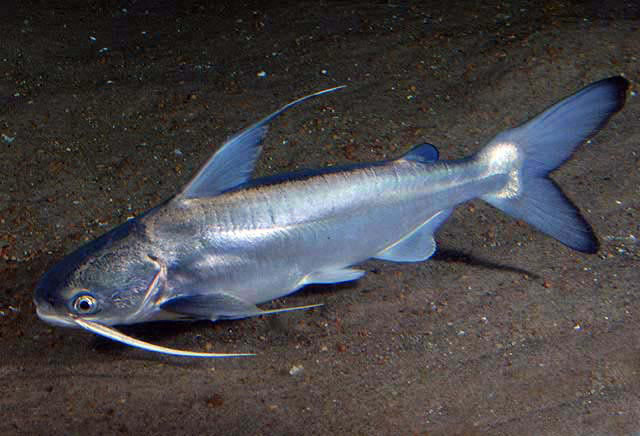FOR THE FIRST TIME, RESEARCHERS REPORT MICROPLASTIC INGESTED BY AMAZON FISHESThese findings provide
FOR THE FIRST TIME, RESEARCHERS REPORT MICROPLASTIC INGESTED BY AMAZON FISHESThese findings provide the first evidence of microplastic contamination in fishes from the Amazon estuary and northern coast of Brazil. Researchers analized fishes from bycatch of the shrimp fishery, the found microplastics occurred in 13.7% of 14 fish species from the Amazon River estuary. Researchers also found microplastic pelletes represented 97.4% of microplastics ingested. The researcher team say that as more is investigated, the list of freshwater animals affected by microplastics could increase considerably.- Some microplastic items found in guts of freshwater fishes (a) blue thread (polyethylene); (b) yellow fragment (polyethylene); © transparent sheet (rayon) and common pelletes (d and e).Several investigations of marine organims havefound that microfibers are the most commonly ingested microplasticparticles. But in that zone, plastic pellets comprised over 97% of the microplastics recoveredfrom fish gastrointestinal tracts. Fishes from the Brazil’snortheastern coast near the city of Salvador had exclusively ingestedpellets. This region is home to the largest petrochemical complex inLatin America, which could contribute to plastic pollution of rivers andcoastal habitats. Image: Gafftopsail sea catfish (Bagre marinus), the frequency of occurrence of microplastics in this species was 100%.Reference: Souza e Silva Pegado. et al., 2018. First evidence of microplastic ingestion by fishes from the Amazon River estuary. Marine Pollution Bulletin.[Image description: A Gafftopsail sea catfish on the sandy bottom of an estuary. One pale purple fish] -- source link
#microplastic#amazon#river estuary#science#biology#freshwater pollution#freshwater ecosystem#south america#brazil#brasil#sciblr#scienceblr#plastic pollution#bagre marinus#actinopterygii
